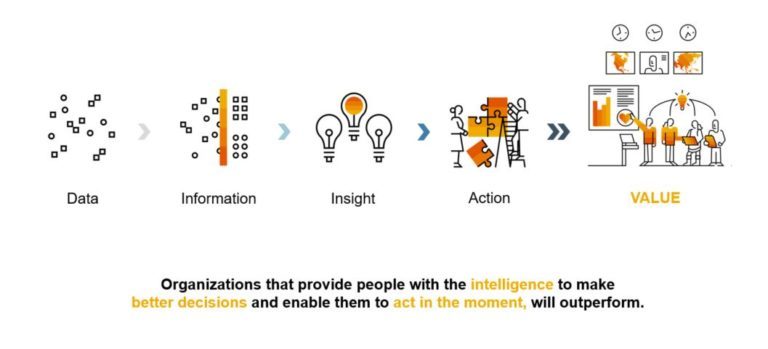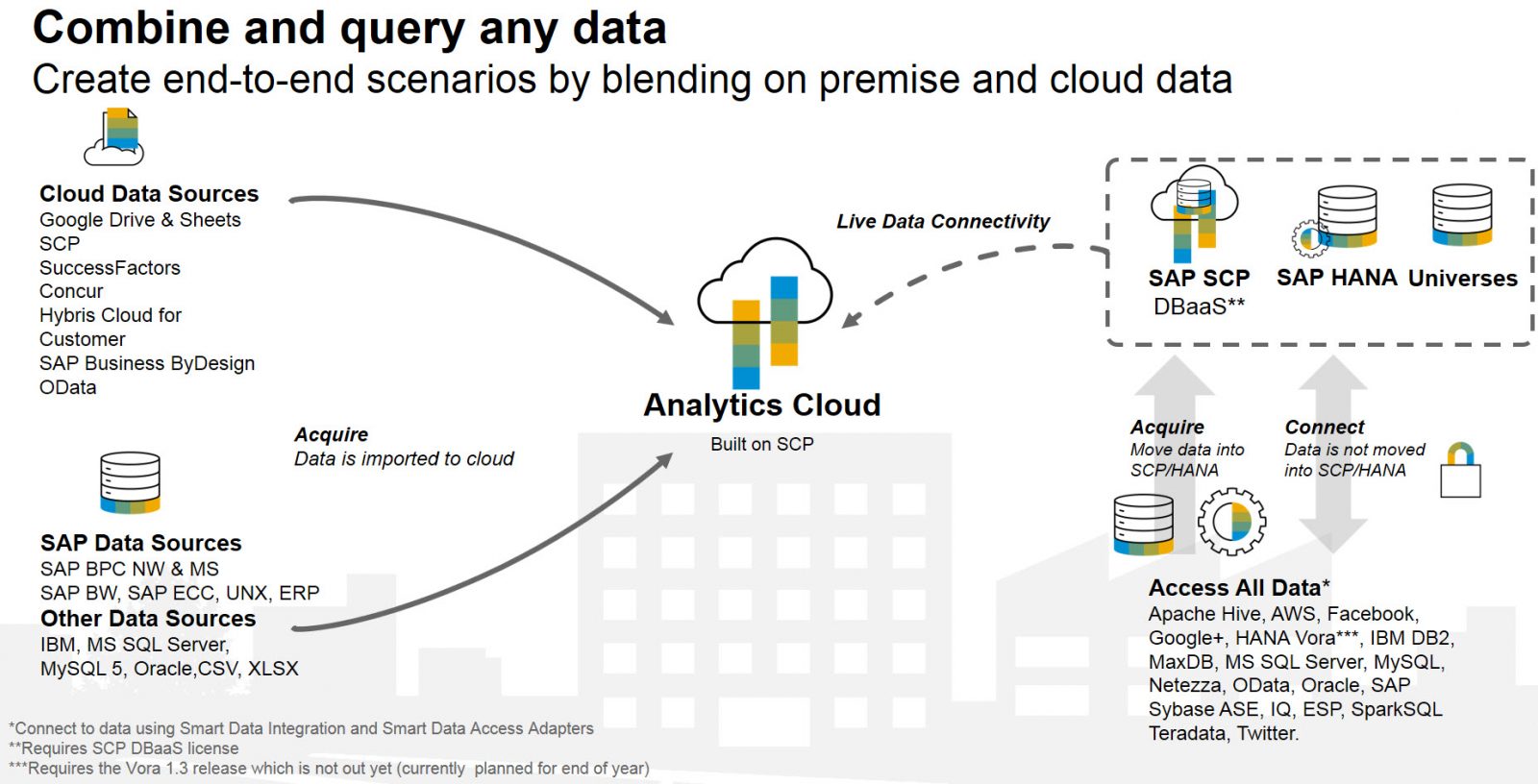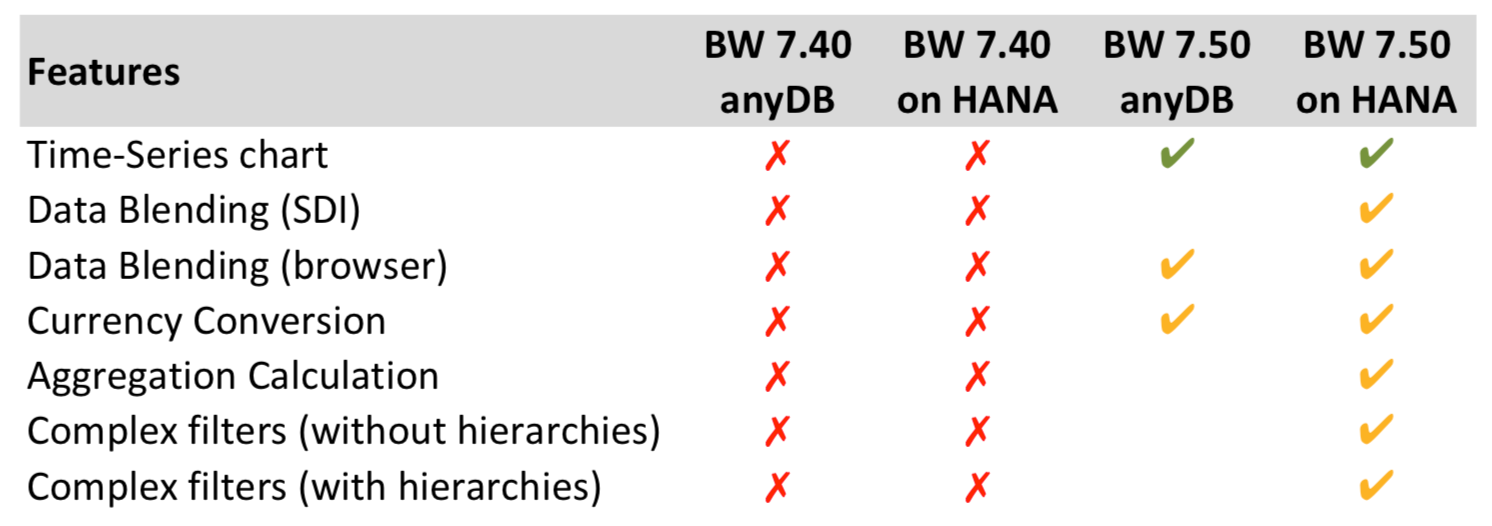Congrats! So you’ve decided to invest in SAP Analytics Cloud! You have made a great choice! While there are similar tools, I believe that keeping your products under one vendor simplifies development, maintenance, and support.
But now what? How do you take the initial step towards your first dashboard? Initially you may be surprised at the number of the features SAP Analytics Cloud has available. To avoid unanticipated delays, first investigating all your options and developing an implementation plan is an ideal initial step to avoid delays downstream.

For example, let’s say are you interested in the Smart Insights feature which identifies critical influencers on a measure, but you have a BW 7.xx system? Then, it’s time to hit the pause button.
The features list in SAP Analytics Cloud depends on your back-end system or where you’ve modeled the data. The source system and the connection type play a significant role in which features are available in your story (or dashboard).
The missing features were a hurdle that many weren’t expecting. We quickly learned that we could use only some of the features advertised for SAP Analytics Cloud due to our connection type. To elaborate further, when setting up SAP Analytics Cloud, your data can be accessed using these two connection types; import and live.

The import connection replicates your data into SAP Analytics Cloud’s tenant.
While HANA database stores the data for quick retrieval, you should expect some data staleness or latency depending on the import schedule and frequency of the data load from your in-premise system and your cloud tenant.
The other connection type is the live connection, which has none of the data latency issues. However, this option comes with some drawbacks. If you are like most customers, then you may have a data warehouse for analyzing large datasets. It’s also likely that you will want to leverage the reports that you have developed. But what is the version number of your BW data warehouse? Is it 7.3, 7.4, or 7.5? Is it on another database system like Oracle or SQL? Or is your data warehouse on SAP HANA 1.0 or 2.0?
Here’s a brief chart to help you see what features are available (as of Release 2019.05). More information can be found in the SAP Note 2715030.

If you believe that SAP tends to favor the version of BW that are on HANA database, you’re right. Historically I’ve noticed that SAP tends to release the features on HANA before apply the same changes to BW. When we started an SAP Analytics Cloud project for a manufacturing customer in late 2017 and in to 2018, we noticed that SAP released the features on HANA first before applying those changes to BW. At that time the elements for BW lagged approximately 1-2 quarters behind HANA. Luckily we were on BW 7.4 on HANA so that we could connect SAC to either BW or the underlying HANA models.
SAP Analytics Cloud is a feature-rich and user-friendly dashboard application that is frequently updated. You can find more information on the release notes HERE.
Hopefully, this article gives you some idea of the features available to you in your scenario. In addition to the available features, there are other considerations such as security, single sign-on, and mobile. If you’re looking to start a proof of concept for SAP Analytics Cloud that you can use quickly and extend, then I would love to help. You can reach me directly haungo@mindsetconsulting.com.
If you are interested in viewing similar articles, visit our blog, here.
View our LinkedIn, here.